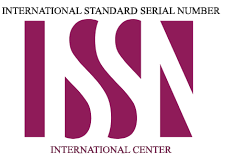-
Language
-
Literature
-
Culture
-
History
A Study of the Relationship between Bilingualism and Language Learning Strategies Accuracy’s in Iranian EFL Learners Educational Processes
Volume 2, Issue 1, 2020, Pages 31 - 51
1- Master of Linguistics, University of Nebrijia, Manzaranes, Spain
Abstract :
In EFL classrooms, teachers have found that some learners seem to master the difficulties of foreign language learning with great success and little effort, while for others it is neither an enjoyable nor a successful one; what works for one learner might not work for another. The present research intended to find out the relationship between bilingualism and language learning strategy in advanced Iranian EFL Learners. The Research method of the present study was descriptive-analytic and data were collected through questionnaires. A total of 120 students have participated in this study, aged (15-30). It should be noted that, the participants were divided into two groups, 60 students were all native speakers of Persian (Monolingual group) and 60 students were bilingual of Turkish/Kurdish and Persian language (bilingual Group). All the learners were selected through their registration profile in Safir Language Academy of Tehran, Iran and all them were homogenized by proficiency test of PET (Preliminary English Test) and they were intermediate language learners. After homogenization of intermediate level students, they were asked to fill out Oxfords (1990) 50-item version of the Strategy Inventory for Language Learning (SILL). Subsequently, the Non-Parametric Chi- square test followed by Phi & Crammers V test was performed using SPSS 23 to answer the three research question. The findings of the present research indicated that there was a meaningful relationship between types of strategies used by EFL learners and their languages.
Keywords: Bilingualism, Monolinguals, Learning Strategies, Intermediate EFL learners

